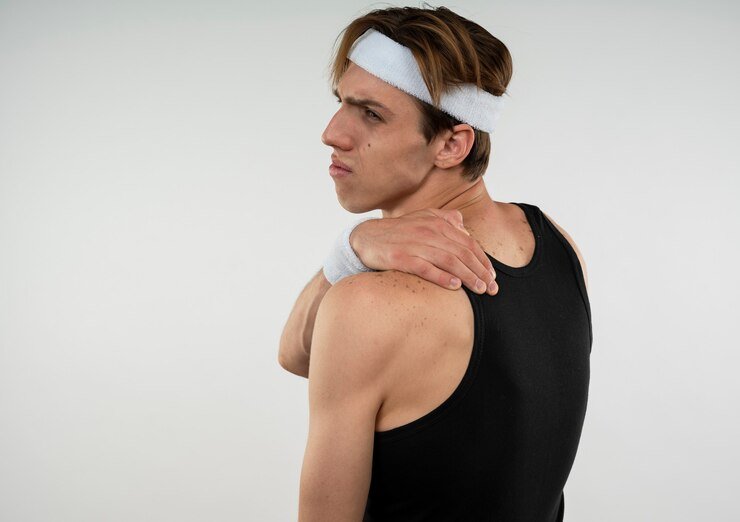Shoulder pain is a common complaint among athletes, particularly those engaged in repetitive overhead activities such as throwing, swimming, and volleyball. Overuse injuries in the shoulder can lead to significant discomfort and impairment, affecting an athlete’s performance and quality of life. Understanding the causes, symptoms, and rehabilitation strategies for shoulder pain is crucial for athletes and sports medicine professionals alike. In this article, we delve into the intricacies of shoulder overuse injuries in athletes and explore effective rehabilitation strategies to promote recovery and prevent recurrence.
Understanding Shoulder Anatomy and Function
The shoulder is a complex joint comprised of bones, ligaments, tendons, and muscles that work together to provide mobility and stability. The primary structures involved in shoulder movement include the humerus (upper arm bone), scapula (shoulder blade), and clavicle (collarbone), along with the rotator cuff muscles and surrounding soft tissues. This intricate anatomy allows for a wide range of motion, making the shoulder susceptible to overuse injuries when subjected to repetitive stress or improper mechanics.
Common Overuse Injuries in Athletes
Athletes involved in sports requiring repetitive overhead motions are at increased risk of developing overuse injuries in the shoulder. Some of the most common conditions include:
- Rotator Cuff Tendinitis: Inflammation of the rotator cuff tendons due to repetitive overhead movements, leading to pain and limited range of motion.
- Shoulder Impingement Syndrome: Compression of the rotator cuff tendons and subacromial bursa between the humeral head and acromion, causing pain and discomfort during overhead activities.
- Biceps Tendinitis: Inflammation of the long head of the biceps tendon, often resulting from repetitive overhead motions or sudden increases in training intensity.
- Labral Tears: Injury to the labrum, a ring of cartilage surrounding the glenoid socket, commonly seen in athletes engaged in throwing sports.
- Glenohumeral Instability: Disruption of the shoulder’s normal stability due to repetitive stress or traumatic injury, leading to recurrent dislocations or subluxations.
Recognizing the Symptoms
Athletes experiencing shoulder pain or discomfort should seek prompt evaluation from a qualified healthcare professional. Common symptoms of overuse injuries in the shoulder include:
- Pain with overhead activities or reaching movements.
- Weakness or loss of strength in the shoulder.
- Limited range of motion, particularly during external rotation.
- Swelling, tenderness, or warmth around the shoulder joint.
- Crepitus or clicking sensations with movement.
- Difficulty sleeping on the affected side due to discomfort.
Diagnosis and Treatment
Accurate diagnosis of shoulder overuse injuries is essential for developing an effective treatment plan. Healthcare providers may utilize a combination of physical examination, imaging studies (such as X-rays, MRI, or ultrasound), and diagnostic injections to evaluate the extent of the injury and identify any underlying pathology. Treatment options for shoulder pain in athletes may include:
- Rest and Activity Modification: Temporary cessation of aggravating activities to allow the injured tissues to heal, followed by a gradual return to sport with modified technique or workload.
- Physical Therapy: Targeted exercises to improve shoulder strength, flexibility, and neuromuscular control, with an emphasis on correcting biomechanical imbalances and optimizing movement patterns.
- Non-Steroidal Anti-Inflammatory Drugs (NSAIDs): Medications such as ibuprofen or naproxen may be prescribed to reduce pain and inflammation in the acute phase of injury.
- Corticosteroid Injections: Injections of corticosteroids into the shoulder joint or surrounding tissues may provide temporary relief of pain and inflammation, particularly for conditions such as rotator cuff tendinitis or shoulder impingement syndrome.
- Platelet-Rich Plasma (PRP) Therapy: A regenerative medicine approach that involves injecting concentrated platelets from the athlete’s own blood into the injured area to promote tissue healing and regeneration.
- Surgical Intervention: In cases of severe or refractory shoulder pain, surgical intervention may be necessary to address underlying structural abnormalities or repair damaged tissues, such as rotator cuff tears or labral injuries.
Rehabilitation Strategies
Rehabilitation plays a crucial role in the management of shoulder pain in athletes, focusing on restoring function, improving strength and flexibility, and preventing future injuries. Rehabilitation strategies may vary depending on the specific diagnosis and individual needs of the athlete but often include:
- Range of Motion Exercises: Gentle stretching and mobility exercises to improve shoulder range of motion and reduce stiffness, with a focus on maintaining proper joint alignment and avoiding excessive stress on injured tissues.
- Strengthening Exercises: Progressive resistance exercises targeting the rotator cuff muscles, scapular stabilizers, and muscles of the shoulder girdle to improve strength, stability, and control of the shoulder joint.
- Neuromuscular Training: Functional exercises to enhance proprioception, coordination, and dynamic stability of the shoulder, incorporating balance and proprioceptive drills into the rehabilitation program.
- Plyometric and Dynamic Exercises: Gradual progression to plyometric drills and sport-specific movements to simulate the demands of athletic activities and prepare the shoulder for a safe return to sport.
- Modalities and Manual Therapy: Utilization of modalities such as ice, heat, ultrasound, or electrical stimulation to manage pain and inflammation, combined with manual techniques such as massage, joint mobilizations, or myofascial release to improve tissue flexibility and mobility.
- Functional Rehabilitation: Integration of sport-specific drills and functional movements into the rehabilitation program to replicate the demands of athletic competition and facilitate a smooth transition back to sport.
Prevention Strategies
Preventing shoulder overuse injuries in athletes requires a comprehensive approach addressing biomechanical factors, training load management, and sport-specific considerations. Key prevention strategies include:
- Proper Technique and Biomechanics: Emphasizing proper body mechanics and technique during athletic activities to minimize excessive stress on the shoulder joint and surrounding tissues.
- Gradual Progression of Training: Incremental increases in training volume, intensity, and workload to allow for adaptation and reduce the risk of overuse injuries, with adequate rest and recovery periods incorporated into the training regimen.
- Cross-Training and Injury Prevention Programs: Incorporating cross-training activities, such as swimming, yoga, or strength training, to improve overall fitness, enhance muscular balance, and reduce the likelihood of overuse injuries.
- Equipment Modification: Ensuring proper fitting and use of sports equipment, such as properly sized paddles for swimmers or appropriate footwear for athletes, to minimize biomechanical stress and optimize performance.
- Monitoring and Management of Fatigue: Monitoring athlete workload and fatigue levels, implementing appropriate rest and recovery strategies, and addressing signs of overtraining or burnout to prevent overuse injuries and promote long-term athletic success.
Conclusion
Shoulder pain is a prevalent issue among athletes participating in overhead sports, often stemming from overuse injuries and repetitive stress on the shoulder joint. Effective management of shoulder pain requires a thorough understanding of the underlying causes, accurate diagnosis, and targeted rehabilitation strategies to promote recovery and prevent recurrence. By implementing proper technique, gradual progression of training, and comprehensive rehabilitation programs, athletes can optimize shoulder health, enhance performance, and enjoy sustained participation in their chosen sport.




